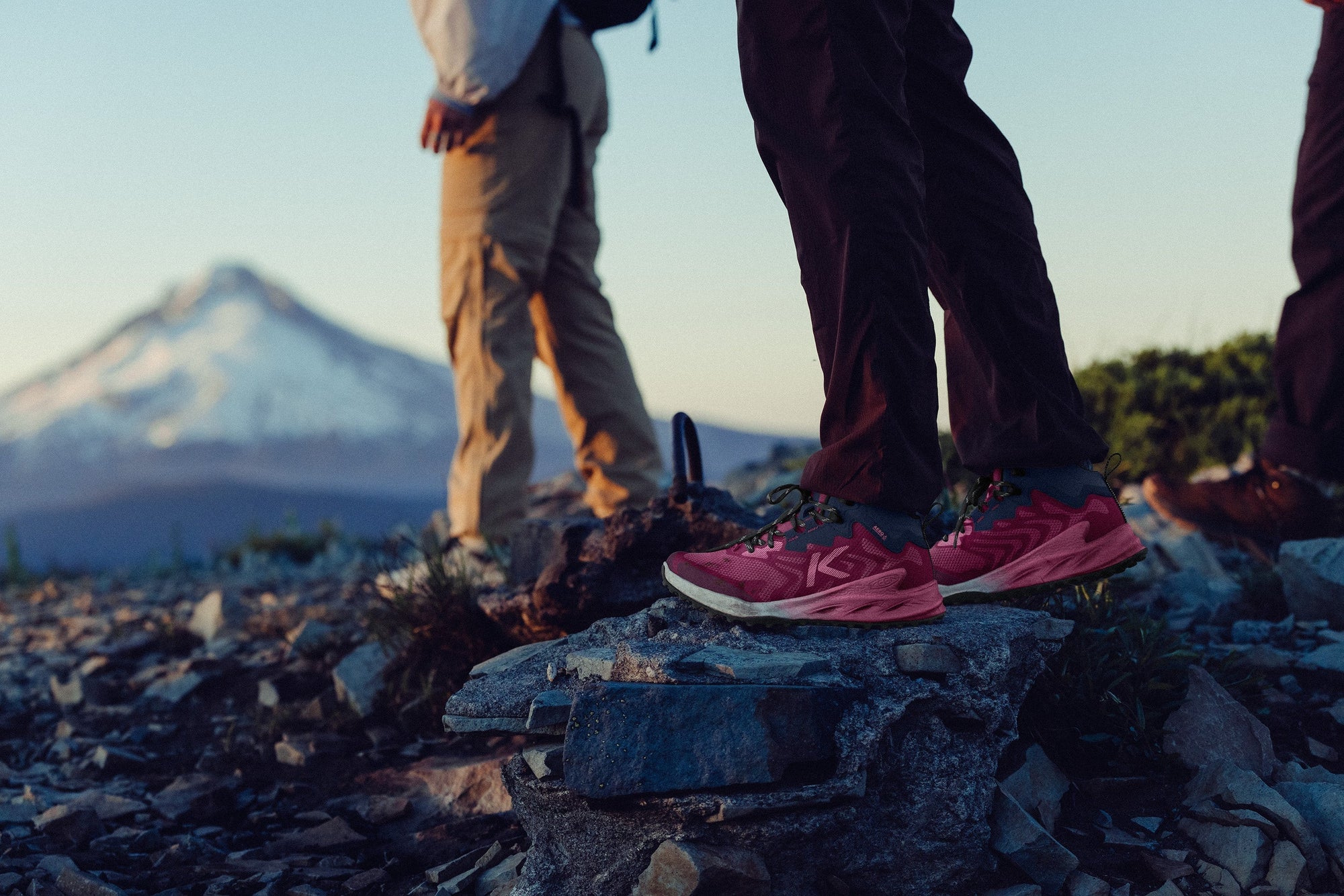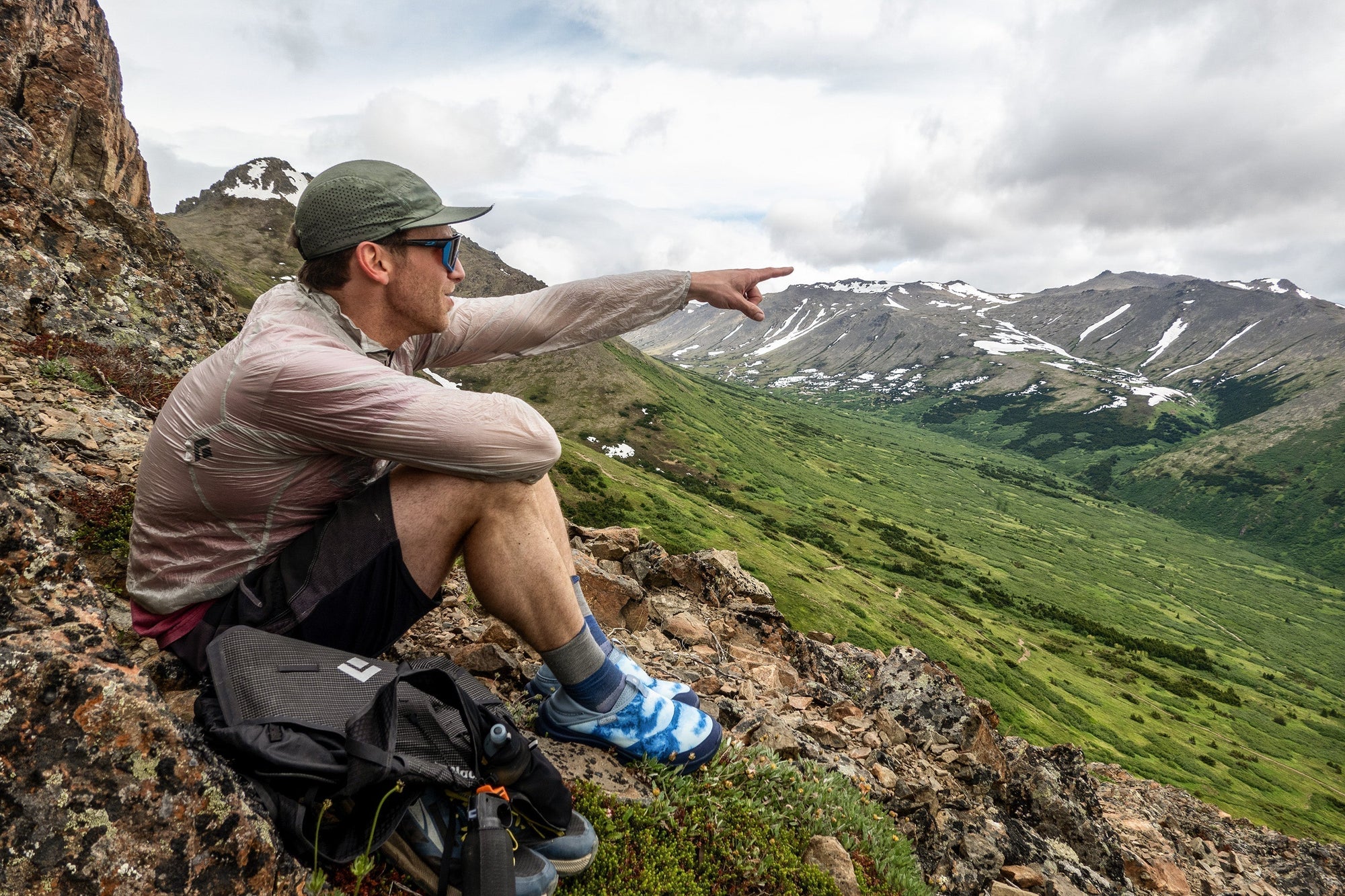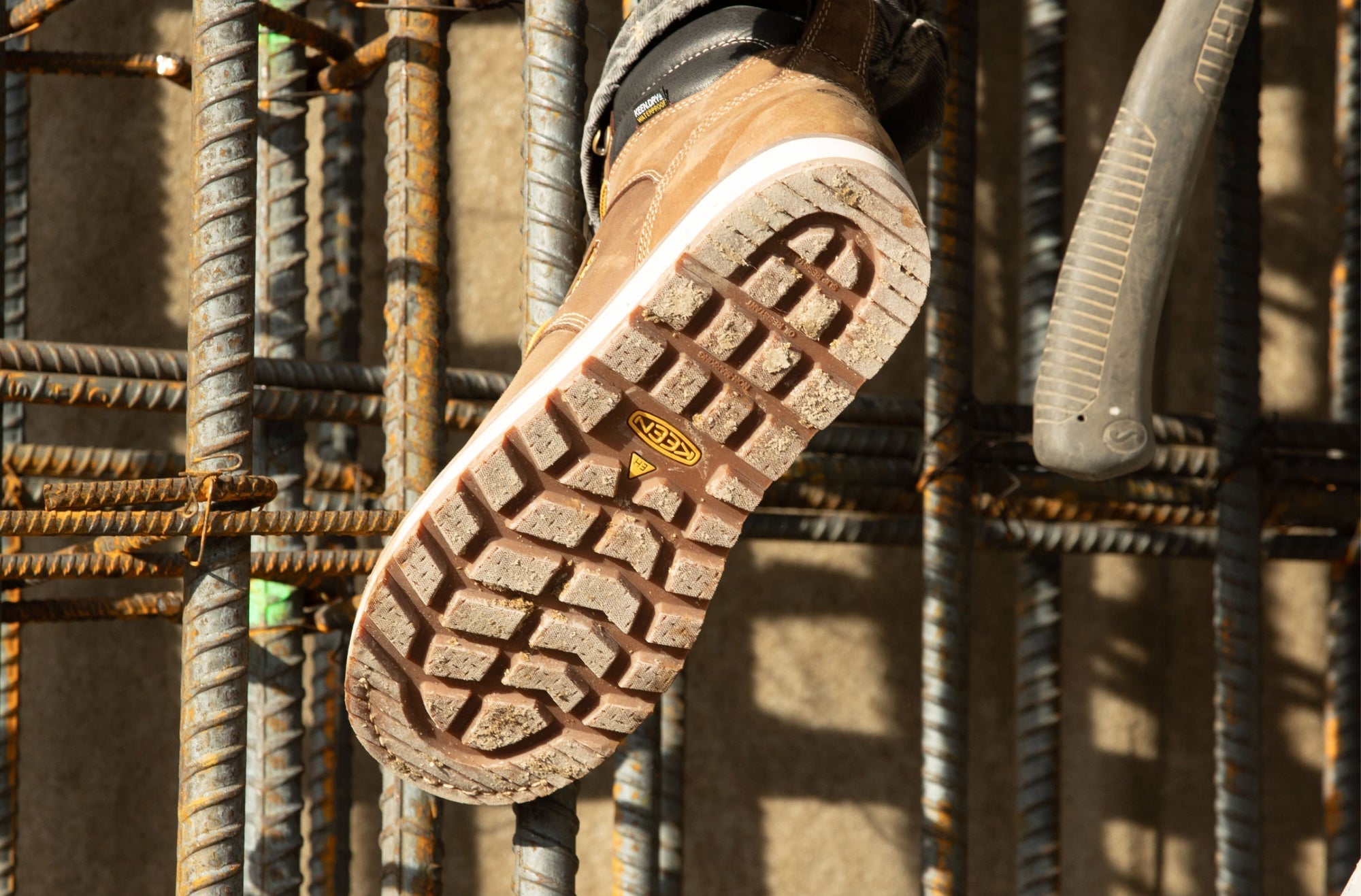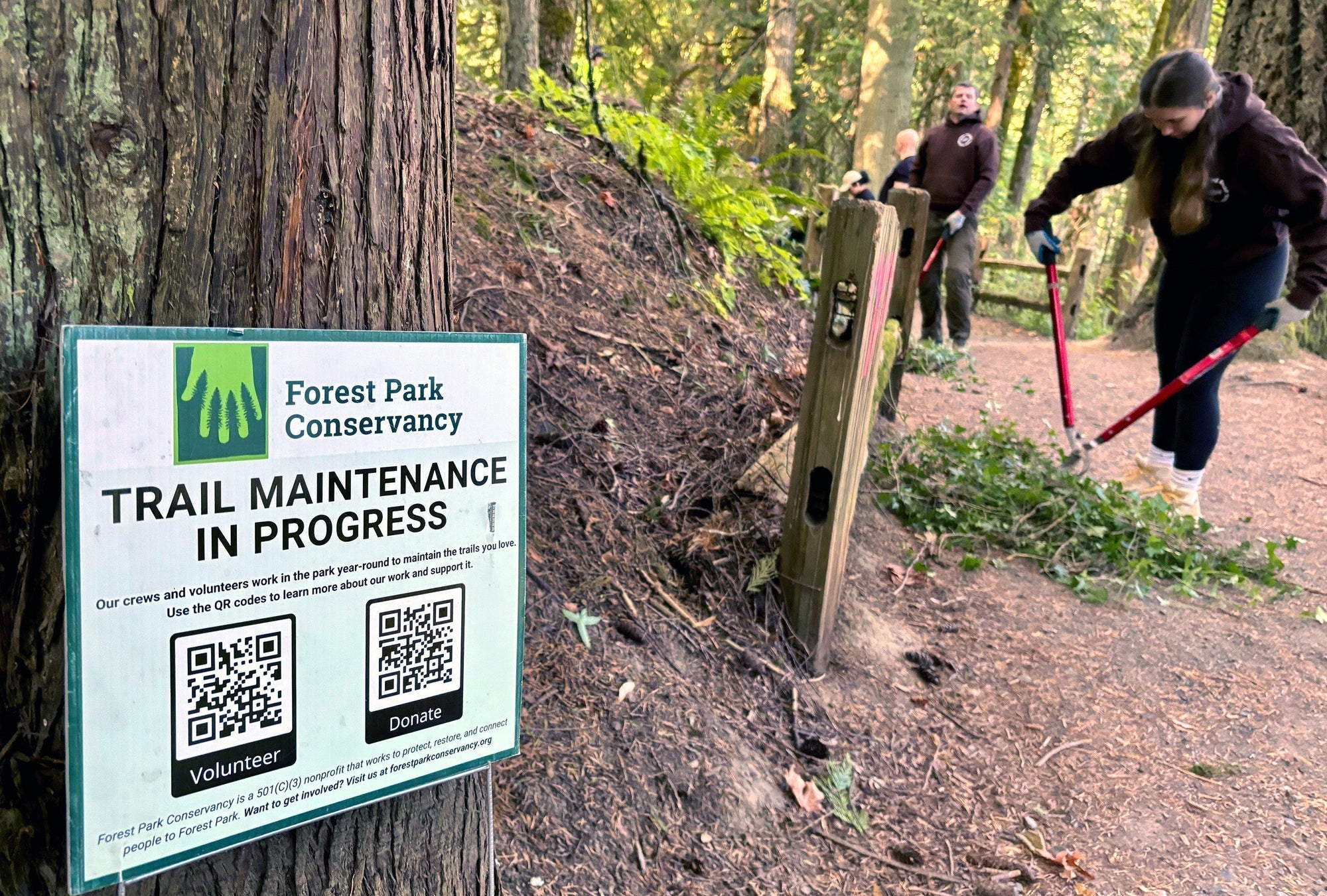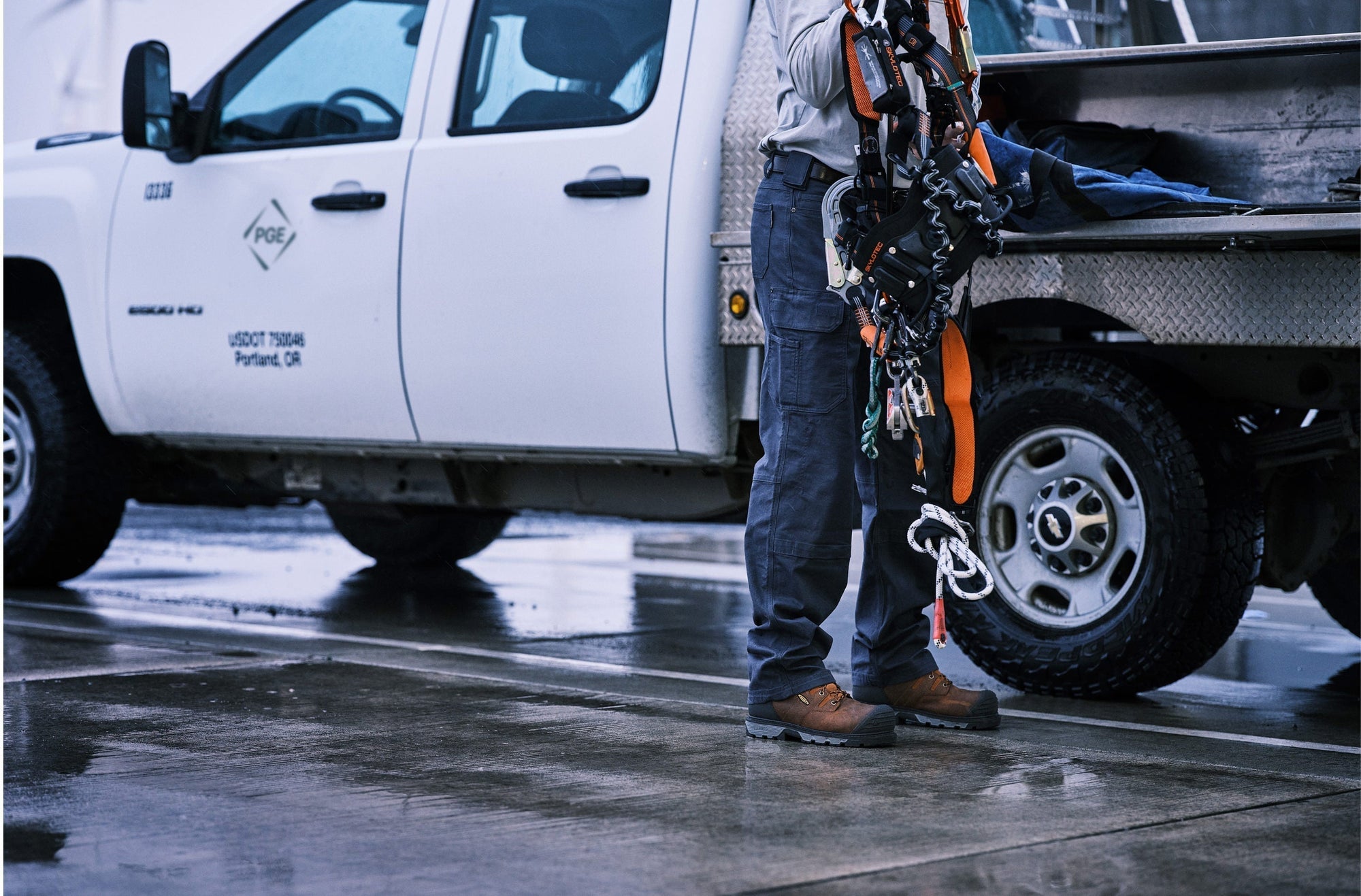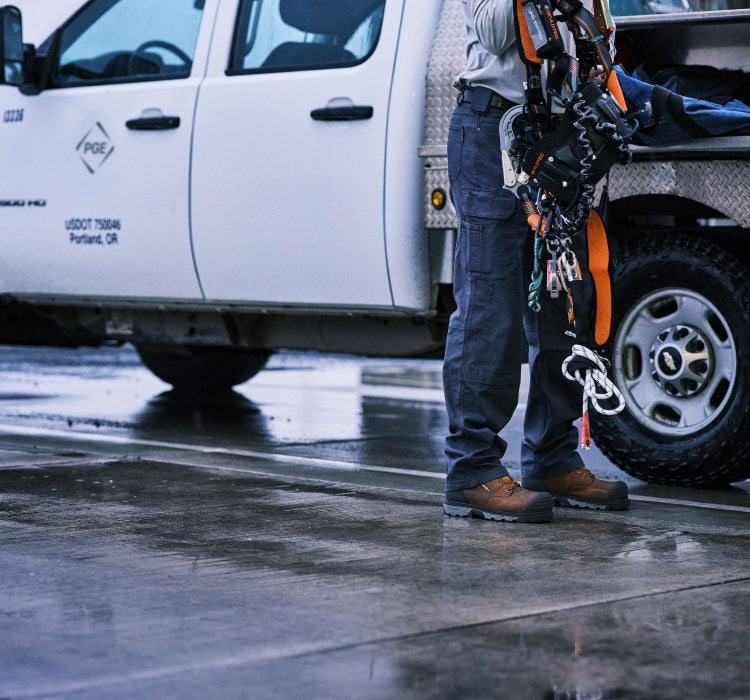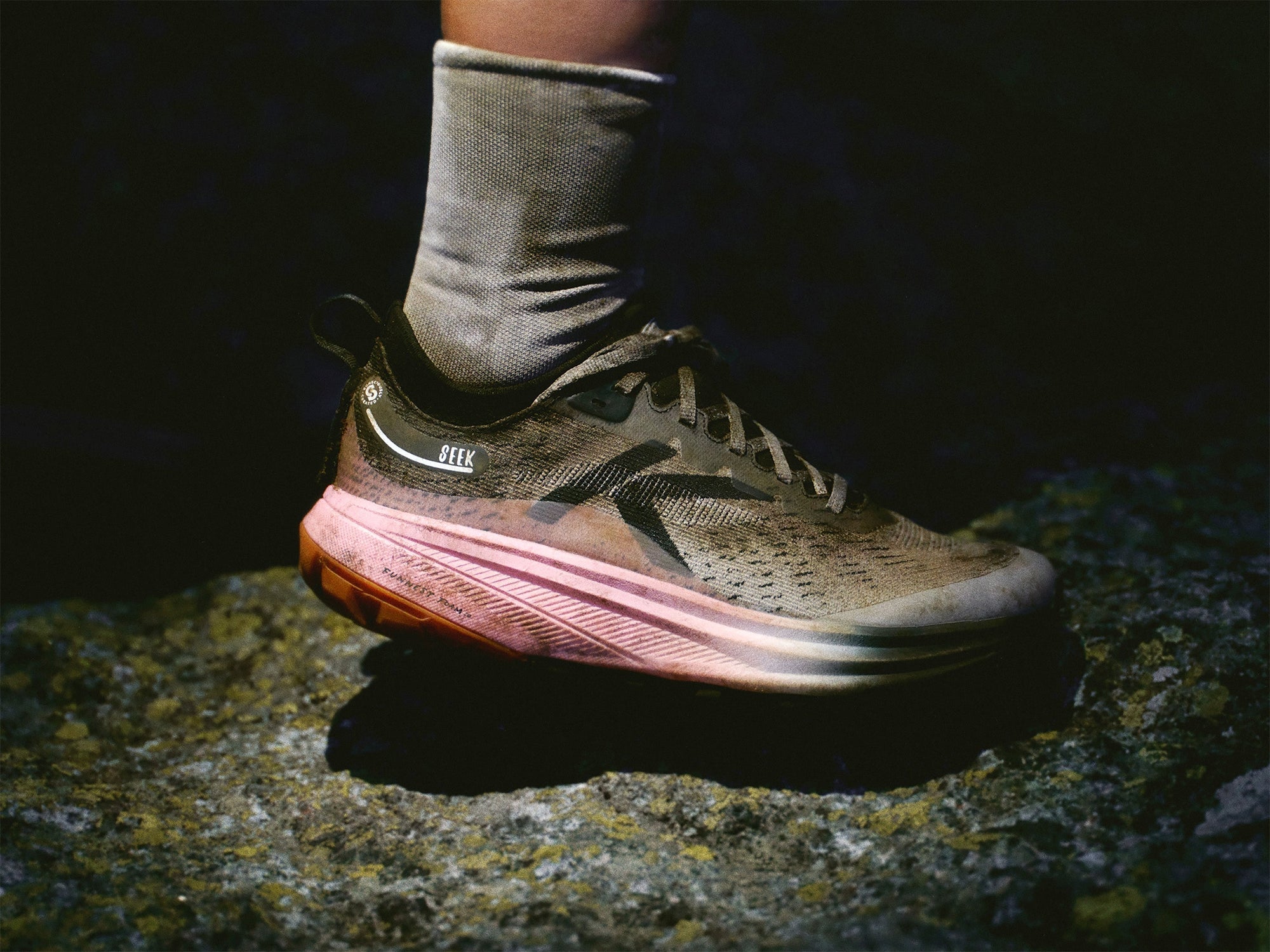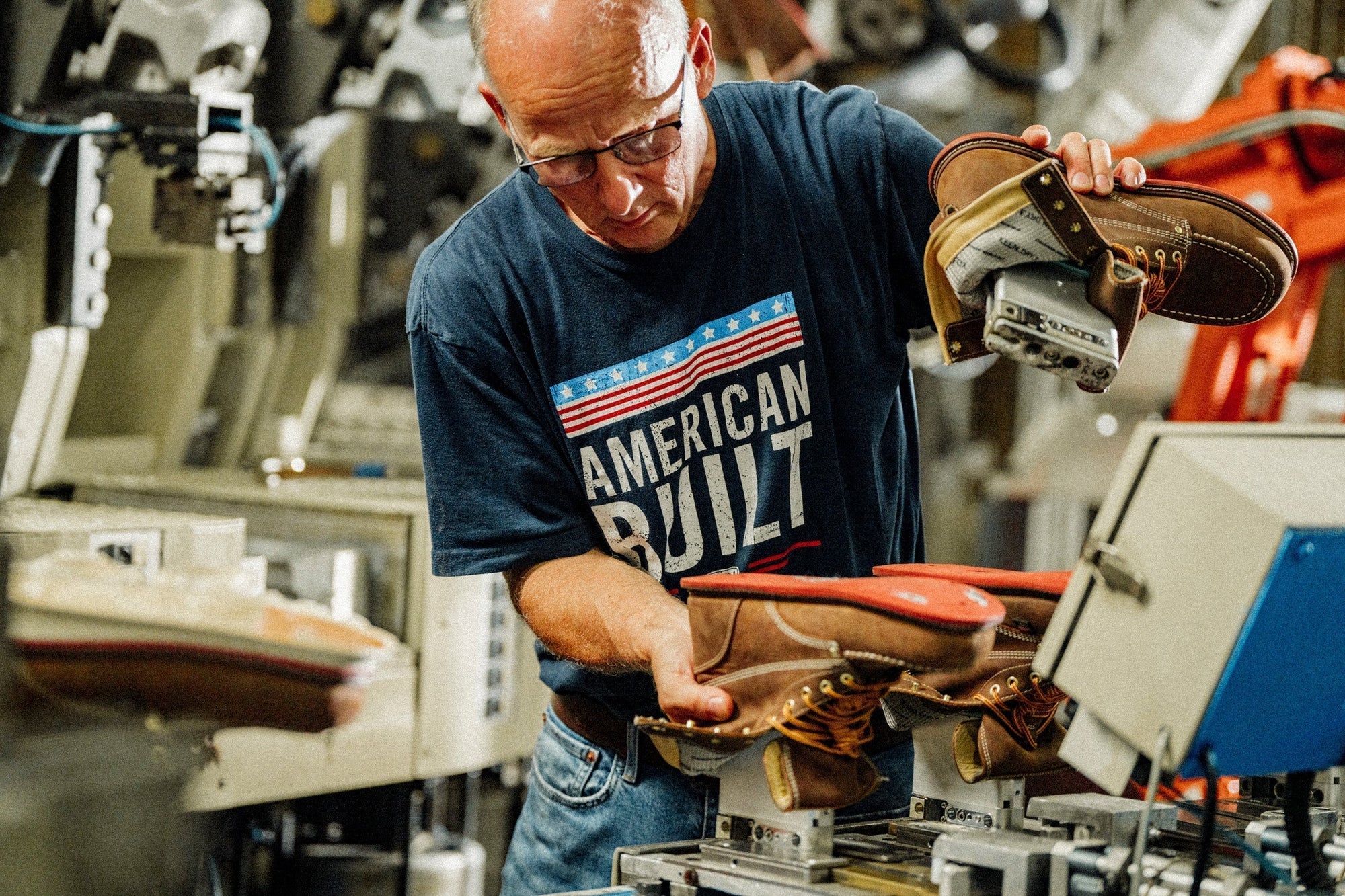Want to make a bigger impact on the natural areas you love? Here’s an easy way: Make less of an impact.
Our friends at Leave No Trace have a new way to help us all do that — a free online Leave No Trace 101 course for everyone who wants to be more environmentally aware when recreating outdoors. In less than two months, over 5,200 folks have taken the 30-minute course, and their goal is to reach 20,000 participants by the end of the year. (Nudge, nudge … be one of them!)
“Being equipped with Leave No Trace training makes our communities and outdoor spaces healthier,” says Dean Ronzoni, director of corporate partnerships at Leave No Trace. “Practicing Leave No Trace is something we can all do when we interact with nature and a skill we can pass down to the next generation.”
We’ve been supporting Leave No Trace since 2008, donating over $530,000 to help fund educational programs, research, and outreach efforts that spread the message of responsible outdoor ethics. Our latest way to help grow the Leave No Trace stewardship movement is with our new collab Pyrenees hiking boot. We’re giving 3% of the proceeds from every purchase to Leave No Trace so they can do even more good.

So while you’re gearing up to spend more time in nature this fall, be sure to brush up on the 7 Principles of Leave No Trace before you head out. Like “Is it OK to leave dog poop in the woods, as long as it is not on the trail?” or “Is it better to walk around a mud puddle to avoid damaging the trail?”
We caught up with Dean at Leave No Trace for a few quick nuggets of wisdom and to learn more about their Training for All initiative. Here’s what he shared:
What’s the #1 thing folks can start doing today to Leave No Trace in nature?
Dean: "Pack out what you pack in. Whether you're hiking, camping, picnicking, or enjoying any outdoor activity, make sure to take all your garbage, food scraps, and litter back with you. Here are a few tips that can help:
Carry a Trash Bag: Bring a designated trash bag or container to hold your waste. This makes it easy to collect and carry out your trash or anyone else’s trash you might see out there.
Minimize Packaging: When preparing for your outdoor adventure, try to minimize the amount of packaging and waste you bring. Choose items with less packaging and consider repackaging items into reusable containers.
Dispose of Waste Properly: If you're in an area with designated trash bins, use them. If not, you should take all your waste home with you and dispose of it in your own trash cans, and recycling or compost bins."
What are most people surprised to learn during Leave No Trace training?
Dean: "While the specific surprises can vary depending on the individual and their prior knowledge, Some people might not be aware of all of the specific Leave No Trace principles, which include planning ahead, traveling and camping on durable surfaces, minimizing campfire impact, respecting wildlife, and disposing of waste properly. Learning these principles provides a comprehensive framework for responsible outdoor ethics."
Which of the 7 Principles do you think gets overlooked the most?
Dean: "The principle ‘Leave What You Find’ is often considered to be the one that is sometimes difficult to comprehend. This can include picking flowers, moving rocks, or otherwise disturbing the natural setting. Sometimes people think it’s okay to take these items home as a memory and feel it’s just one rock, how can it hurt? This principle encourages people to avoid disturbing or altering natural and cultural features, such as plants, rocks, and historical artifacts.
The items we find in nature have a role to play, either in the ecosystem or the story of the landscape. Leaving what we find in place helps to preserve both. Allow others a sense of discovery by leaving rocks, plants, archaeological artifacts, and other objects of interest as you find them."
What should folks do when they see someone not following one of the principles?
Dean: "We encourage people to report 'less than Leave No Trace practices/actions' to land managers. It’s important for land managers to know and understand when and where users are doing these things. It will help the land managers work on and refine website messaging, on-site messaging, educational programs, facilities, and much more in order to correct these actions."
According to a recent Leave No Trace survey, each person trained in Leave No Trace goes on to educate an average of 256 additional people. With their goal of 20,000 people trained this year, that’s over 5 million folks practicing good stewardship and responsible recreation. Let’s keep it going!




